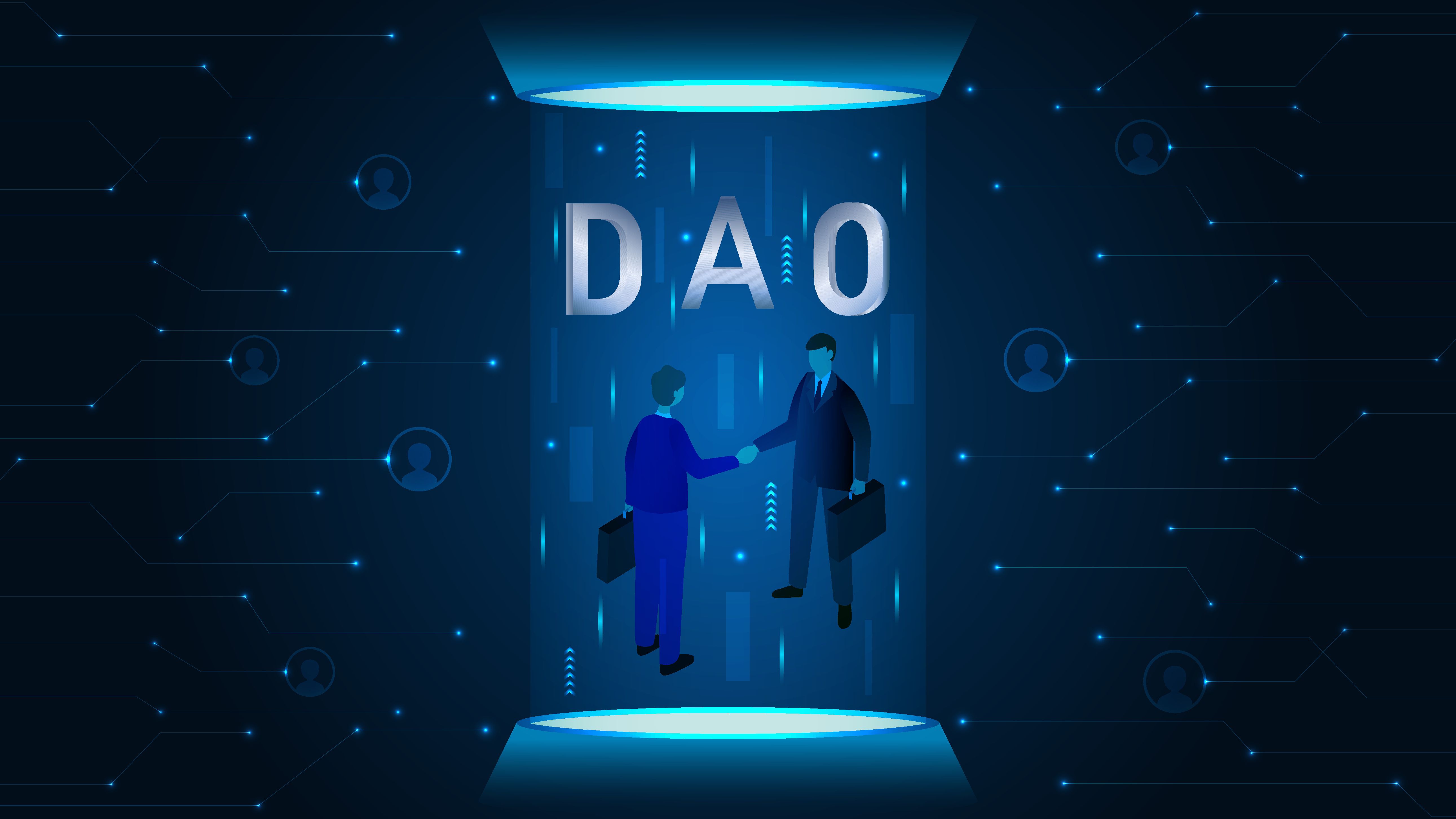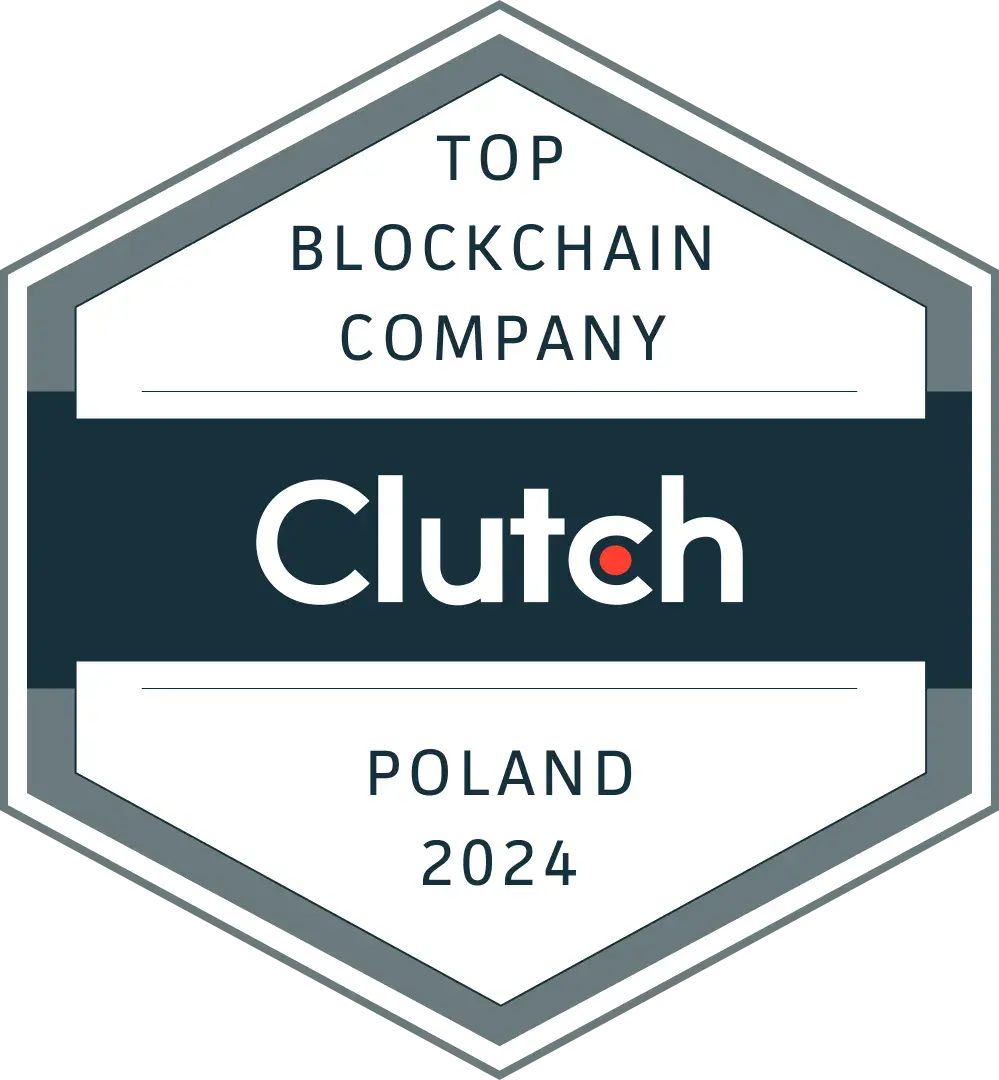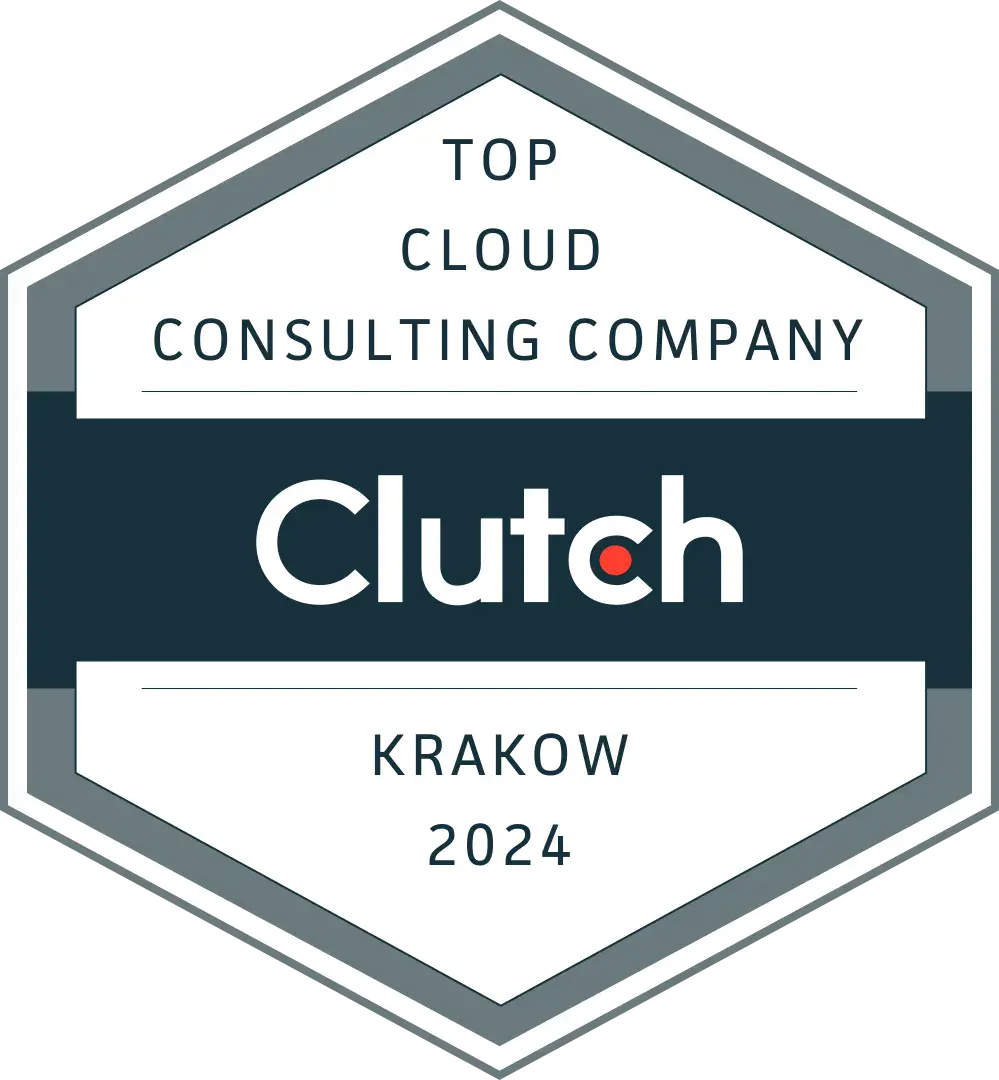DAO - what is a decentralized autonomous organization and how does it work?
Fri, Mar 18, 2022 •5 min read
Category: Business Stories / Blockchain
What is the core concept behind the decentralized autonomous organization (DAO) and what benefits can it bring for potential investors and its participants? In this article, you will find simple answers to the most frequently asked DAO questions.
What is a DAO and what was it created for?
While the recent expansion of DAOs may be a little bit mysterious, it’s not difficult to explain their essence and objectives. A decentralized autonomous organization is an entity represented by rules encoded as a transparent computer program, controlled by its community, and not influenced by any central authority, like a government or a corporation.
The idea behind a decentralized organization is that people who hold its tokens can manage it collectively (in the next section we’ll dive a bit deeper into the topic of tokens) Individuals with DAO's tokens are stakeholders and they can make proposals concerning eg. DAO’s future, or how funds are spent or managed. DAOs' mechanisms are encoded into blockchain protocols and enforced by smart contracts. This assures a higher level of transparency and minimizes bureaucracy. Blockchain technology allows exchanging information and value while executing processes securely and transparently. Blockchain applications arbitrate members’ interactions according to the rules encoded in smart contracts, such as, for example, how to vote on proposals. DAOs use different voting mechanisms depending on the agreement between their founders/members. All of those rules have to be visible, verifiable and publicly auditable so any potential community member can understand the protocol’s framework.
How does a DAO work in practice?
When the founding rules of how a certain DAO will operate are established, the next step is to secure its funding. This is usually achieved through token issuance. DAO needs a token, a digital unit representing a specific value, both to secure the funding and establish voting rights amongst its community. When buying tokens belonging to a DAO, investors are entitled to make decisions with them - the extent of their voting rights is usually proportional to their holdings. To withdraw or transfer funds, most DAOs must vote on a proposal. Decisions are made via proposals the group votes on during a specified period of time. Voting takes place after submitting the proposal.
DAOs use different types of voting mechanisms:
Relative majority voting mechanism (eg. DAOhaus) - this way of voting compares the total number of votes of those supporting and those against the proposal to arrive at a decision.
Holographic consensus (eg. DXdao) - this mechanism of voting connects a prediction market with a proposal.
Conviction voting (eg. 1Hive) - is a voting mechanism whereby individuals stake their powers to vote on proposals and gather enough votes to pass over time.
Quorum voting - this mechanism requires a particular voters’ threshold for a proposal to pass, for instance, more than 50% quorum.
What’s the difference between a DAO and The DAO and why the latter failed?
In May of 2016, a few members of the Ethereum community announced the founding of The DAO, which was supposed to be the first operating example of a DAO. It was built as a smart contract on the Ethereum blockchain and developed by the Slock.it team.
The DAO was meant to operate as a venture capital fund for projects aiming to strengthen Ethereum ecosystem and drive user adoption. The platform would allow anyone with a project idea to pitch it to the community and potentially receive funding from The DAO. If the project brought a profit, anyone with The DAO tokens who voted would gain a share of the profit. The DAO creation period was an unexpected sensation as it managed to gather 12.7M ETH, worth around $150M at the time, making it the biggest crowdfunding in history. However, pretty soon after that time, everything turned upside down. In June of 2016, one hacker found a loophole in the code that allowed him to maliciously withdraw funds from The DAO. As a result of this attack, he stole 3.6M ETH, the equivalent of about $70 million at the time.
The person behind all of this stated that he did not commit a crime because he did nothing that the code itself would not allow. The hacker simply asked the DAO smart contract to withdraw the ETH multiple times before it could update the balance. When developing a smart contract, the developers did not take into account both the recursive execution and the fact that it first sends funds in ETH and then updates the balance of the internal token. The error did not come from Ethereum itself, but the implementation of the smart contract of the DAO governance. At the time, tools for creating smart contracts were at an early stage and it was far easier to make a mistake than it is nowadays.
The only viable solution to this crisis was to modify the rules of the Ethereum blockchain itself through the software update, so that it became possible to invalidate the specific fraudulent transactions. This led to a network splitting into two chains: Ethereum (ETH) and Ethereum Classic (ETC). It was up to the miners to choose if they wanted to accept the change of rules or maintain the chain where the fraudulent transactions were included.
The hack was the beginning of the end for The DAO. Some Ethereum miners also questioned the network split, claiming that it violated the basic assumptions of blockchain technology. As a consequence of all these negative events, two cryptocurrency exchanges: Poloniex and Kraken removed the DAO token from their platforms.
As if that wasn’t enough, in July 2017, the US Securities and Exchange Commission (SEC) issued a ruling in which it stated that the tokens offered and sold by The DAO were securities and therefore were subject to federal regulations. This meant that the digital organization had to follow the same rules as the ICO (Initial Coin Offering). According to the SEC, both The DAO and all of its investors had broken the law.
Main conclusions:
While The DAO project no longer exists, it serves as a cautionary tale for other projects of that type that followed. First of all, in the case of The DAO, the hack was not related to the Ethereum blockchain, but to a code vulnerability. The second important outcome was that other companies developed a way to circumvent the guidelines presented by the SEC. One such loophole is to use the so-called SAFT (Simple Agreement for Future Tokens) contract. It stipulates that tokens with reasonable utility value on the blockchain platform violate elements of the Howey test (a test that determines if a certain transaction is considered security), thus they don’t have to be listed as such, and are not subject to SEC regulation.
Other examples of DAOs
Of course, The DAO is not the only example of decentralized autonomous organization. Many others currently operate with great success. Below is a list of only the biggest DAO projects on Ethereum:

Some of the most exciting ones are:
Maker DAO - a decentralized autonomous organization based on the Ethereum network. It consists of two parts, managing - Maker and stablecoin - Dai. The former is used to vote on issues related to the platform's business model.

Aragon - an open-source project that aims to enable the creation of other decentralized autonomous organizations.
LexDAO - a community of legal engineering experts who aspire to build tools that blockchain projects could use instead of some basic and often inadequately expensive legal services.
BitDAO - a decentralized autonomous organization that makes it easy to launch personalized crypto tokens and dApps. It includes token swaps and a multi-asset BitDAO Treasury, used to accumulate various types of tokens.
Rally (RLY) - a decentralized network built for content creators to enable easy monetization of their work. Creators issue their own cryptocurrencies which their fans can buy to gain access to their favourite creators’ content unavailable anywhere else.
Watch the market closely, as it’s only the beginning
As the examples above show us, DAOs are not only about the DeFi & investment protocols (although the financial part is inherent to every DAO). There are many various areas where DAOs can bring added value and new opportunities - from social through service to media. Moreover, this type of independent, decentralized entity is believed by many to be the future of work and business. It’s worth keeping an eye on emerging DAOs as they seem to be here to stay.









